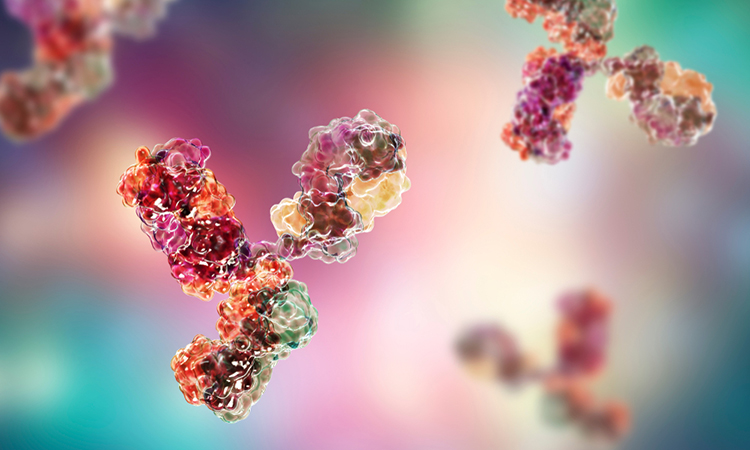Team uses antibodies to tag disease-related proteins for destruction
Posted: 19 March 2021 | Victoria Rees (Drug Target Review) | No comments yet
Researchers have developed a technique utilising antibodies to tag disease-causing proteins, to treat the underlying causes of disease.


Scientists have developed a new way to use a cell’s own recycling machinery to destroy disease-causing proteins, a technology that they say could produce novel kinds of drugs. The technique was developed at the University of Wisconsin-Madison, US.
The researchers explain that some cancers are associated with abnormal proteins or an excess of normally harmless proteins. By eliminating them, researchers believe they can treat the underlying cause of disease and restore a healthy balance in cells.
“In the past, to develop a new drug, we often needed to find a molecule that bound to the protein of interest and also changed the function of the protein. But there are many potential proteins associated with diseases whose function you cannot block easily,” said Professor Weiping Tang, who led the new research. “With the targeted protein degradation strategy, we can go after many of those proteins.”
The team demonstrated the new method in proof-of-concept experiments on lab-grown liver cells. They were able to neutralise multiple extracellular proteins, including EGFR, a cancer-associated protein.
The way the technology works is antibodies attach tags for destruction to specific proteins, marking them as unwanted. A shuttle protein on the liver cell recognises these markers, engulfs the protein and ferries it to the protein-digesting compartment of the cell, which breaks down the protein into reusable parts.
The lab is now expanding the scope of targets to additional proteins found outside of or on the surface of the liver cell. They have turned to the lysosome, a compartment of the cell that digests and destroys all kinds of materials, including what the cell engulfs from outside. Since the liver is the primary organ that breaks down proteins in the body, it is an ideal tissue to selectively degrade undesired proteins.
To gain access to the lysosome, the researchers relied on a lysosome shuttle named ASGPR. The shuttle is primarily found on the surface of liver cells. It recognises certain sugars on proteins and delivers the proteins to the lysosome for digestion.
To help encourage ASGPR to recognise and destroy disease-causing proteins, researchers in earlier studies learned they could attach three specific sugars to the proteins. However, first they had to figure out how to go about attaching them to the proteins they wanted to eliminate.
Tang’s group focused on antibodies as they recognise and bind to specific proteins. The team attached the sugary tag that would activate ASGPR to an antibody that would track down the specific proteins they hoped to destroy. In this way, the scientists could shuttle the protein to the lysosome of liver cells with this highly targeted trash-collection system.
They tested their technology against several proteins, including EGFR, which tumours produce in excess. By attaching the sugary tag to an EGFR antibody, the scientists were able to deplete a significant amount of the protein that otherwise accumulated outside of cancerous liver cells grown in the lab.
The researchers are now working to refine the ASGPR method by making it more effective and to expand the strategy to destroy proteins on the surface of other types of cells. They are also interested in collaborating with other researchers to help them test the removal of a wider array of disease-associated proteins.
“I believe there is a great future ahead of us, but we need to invest our resources and time to investigate the protein degradation strategy further,” said Tang.
The findings are published in ACS Central Science.
Related topics
Antibodies, Cell culture, Protein, Proteomics, Ubiquitin-proteasome system
Related conditions
Cancer
Related organisations
University of Wisconsin-Madison
Related people
Professor Weiping Tang



